
DEEP INTO THE COMMUNITY
Black Diamond Athlete Angela Hawse is a guide for change.
Add $99.00 more to quality for free Shipping!
$0.00 USD

Sam Elias walked into my office with that recognizable look of despair following injury. I anticipated this because I’d received an email a few weeks previously indicating that he “blew his shoulder up” bouldering in Hueco Tanks. He had just redpointed the North American test piece Necessary Evil, 5.14c, and was celebrating his success and fitness by going to Hueco Tanks to boulder. It was his first real outside bouldering trip. His plan after Hueco was to train, and then travel to Spain to get on another long-anticipated sport project. Sam had been training intensively for multiple seasons in order to overcome a redpoint grade plateau. He felt that his training programs had been perfectly suited to his climbing projects and their respective demands. He focused on finger strengthening and increasing his power endurance, while balancing this with consistent physical therapy, including routine shoulder stabilization and antagonist muscle training.










How could this injury occur when he felt so strong and at the peak of his performance?
Sam: “I was at the peak of my performance, but in a specialized sense. We can’t train everything at once, and thus can’t be trained for all of the different climbing styles or moves in the same moment. Our bodies are never perfect, and there are always imbalances either from overdevelopment/specialization or old injury/trauma. I’ve never carried a lot of mass in my upper body, and I’m primarily a route climber. I rely on a combination of good technique, as well as good finger strength and endurance to do my best achievements. I also have a +4.5 inch ape index. Additionally, I had a bad subluxation of my shoulder in 2008, and several “micro” subluxations in all the years since. In my training, I’ve heavily prioritized hang boarding/finger strength for about 3 years. I lifted a lot as well, but I wasn’t considering the extremes of the mobility range, which is both where injury tends to happen, but also where “world class” strong differentiates itself from “pretty strong.” My fingers were really strong and I was climbing really well. However, I was completely unprepared for steep, wide climbing, and my shoulder was the weakest link.”

Note the sling effect of an active serratus that allows the shoulder blades to be kept wide and flush against the ribcage. Shoulder blades naturally draw together at the bottom of a push-up and return wide and flat across the back at the top
So far we have examined our shoulder complex in push motions when our arms are in front of us. But what happens when our arms go overhead? The third function of the serratus anterior muscle supports us in the more vulnerable and demanding overhead activities of climbing and hanging. Note in the illustration below, the serratus anterior action of upward rotation of the scapula. When the scapula upwardly rotates it supports our arm in overhead movements, helping to secure our shoulder complex on our trunk and to position the ball and socket joint of the shoulder in the most optimal way. The serratus joins forces with the latissimus dorsi to assist us in a proper hang and pull-up.

This knowledge can help inform a proper push-up, which can become a true antagonist exercise that focuses on the push aspect of movement, and a serratus training exercise, if performed correctly. Scapular "winging" is a result of a weak serratus among others (e.g., rhomboids) and is a common movement error. Many climbers make this error while climbing, especially in wide, shoulder-heavy moves, and while doing push-ups. Attention to this movement during push-ups can lead to proper movement when under more significant stress and a weighted load while climbing or lifting.

Sam’s MRI was telling: showing an image of a degraded, inflamed, partially torn and frayed shoulder joint. However, this image wasn’t concordant with his reported symptoms. Some of the tissue damage was acute, but most of it was long-standing. A thorough mechanical physical exam and second surgical opinion would be necessary. After I subsequently evaluated Sam’s shoulder, we both agreed that his level of pain and weakness was manageable. With a therapeutic, multidisciplinary approach, he was able to explore other options than to go under the knife immediately. If we strengthened and reconditioned his damaged muscles and addressed the likely root causes of this failure of tissue, perhaps Sam could come out stronger, more informed, better organized, and avoid the trauma, cost and recovery time of shoulder surgery.
Sam built a team of providers, all experts in their field, and set out on a quest to understand the missing links in his physical training, and the holes in his knowledge of anatomy and functional movement.

“In all my training, I've done shoulder antagonistic/opposition work as secondary or even tertiary. I was always planning to make it the primary focus for these 6 weeks of training even before the incident a week ago. I really think I can get my shoulders A LOT stronger. Then, maybe I wouldn't need surgery ever. If my labrum has been torn since 2009, when I originally subluxed it, then I've done literally everything in my climbing life with it, and it's only given me problems at very specific and understandable times. Coupling that with the fact that I can gain a lot of upper body strength and muscle makes me feel like I should try that first. I'll get crazy with it. Be super diligent. Do whatever it takes -- however many days of the week, and hours of the day -- training, stretching, stability, PT, massage, acupuncture. After all, I can always get surgery.”

As a PT who commonly treats athletes, it was rewarding to watch Sam’s knowledge quest take off. His commitment to the process, and acknowledgement of the time it takes to recover yielded results accessible to anyone willing to put in the time and effort.
Sam offers the following tips for navigating injury: - take ownership and responsibility for the injury and your body - get hungry for knowledge and understanding, obsess over the details, talk to as many people as possible - form your own belief and opinion, so that you know what you’re doing is right - don’t just blindly put your body into someone else’s hands
Disclaimer from Sam: “Every body is different, and has a different history. Every injury is different. At the end of the day, each person must evaluate their situation and decide for themselves. There is no magic pill. No magic person. No magic surgery. The magic lies in the individuals’ belief in their knowledge base, and their decisions.”



Follow BD Athlete Yannick Glatthard deep into the Swiss Alps as he shares his home...
Follow BD Athlete Yannick Glatthard deep into the Swiss Alps as he shares his home mountains with close friends.

Follow Dorian Densmore and Mya Akins for another winter season of steep Alaskan spines, backyard...
Follow Dorian Densmore and Mya Akins for another winter season of steep Alaskan spines, backyard couloirs, and deep adventures in the mountains.
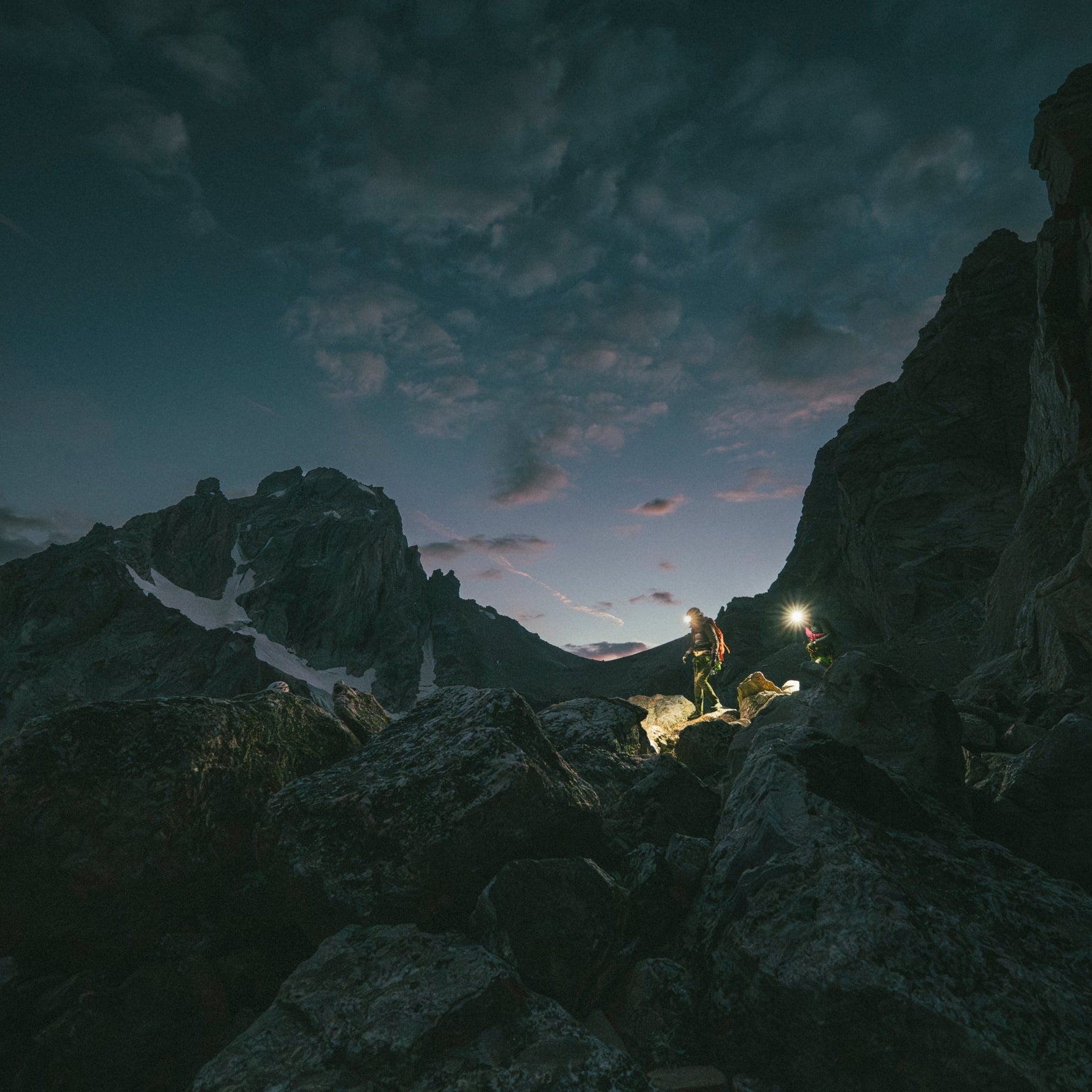
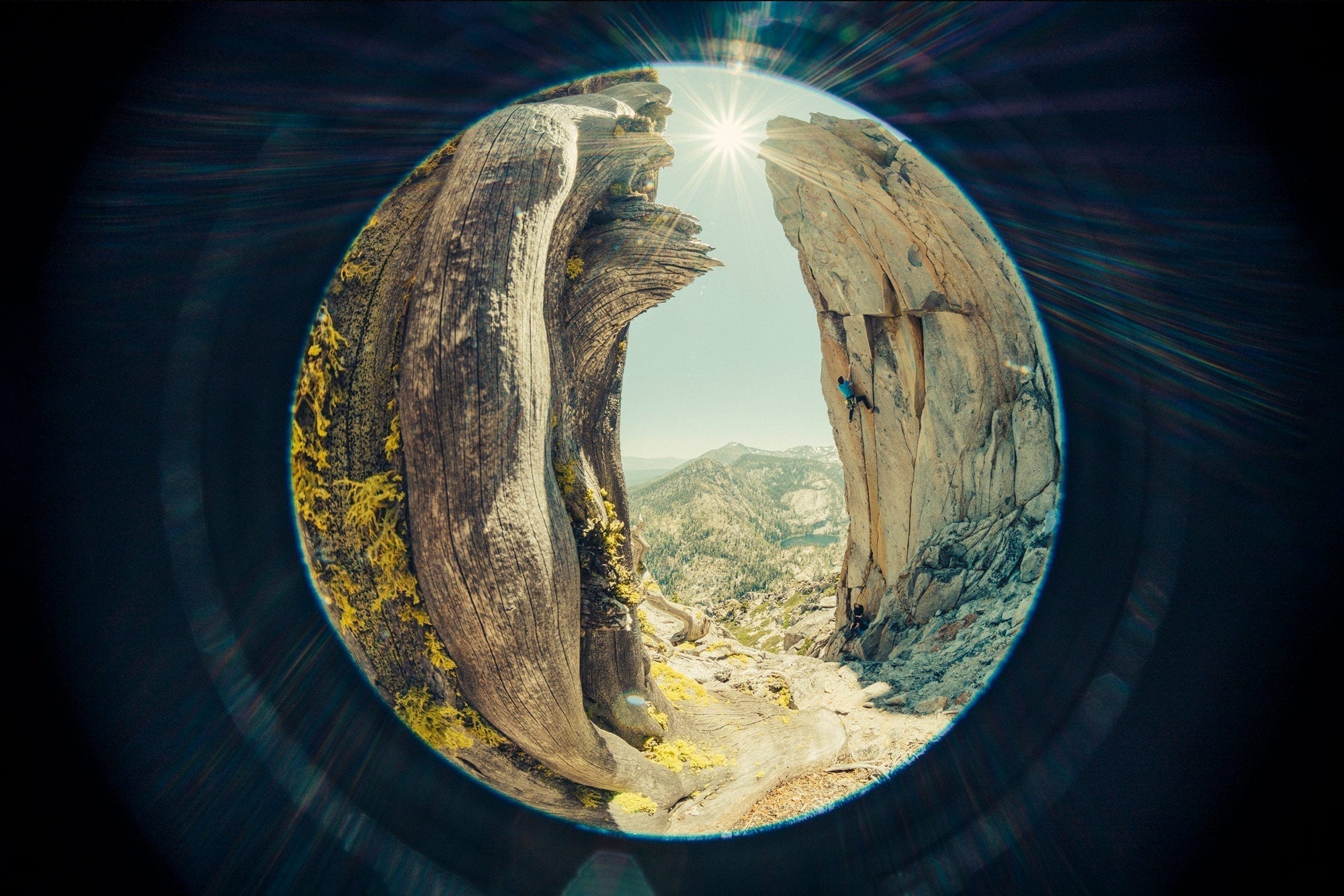
Watch BD Athlete Alex Honnold throw down on some hard trad high above Tahoe.
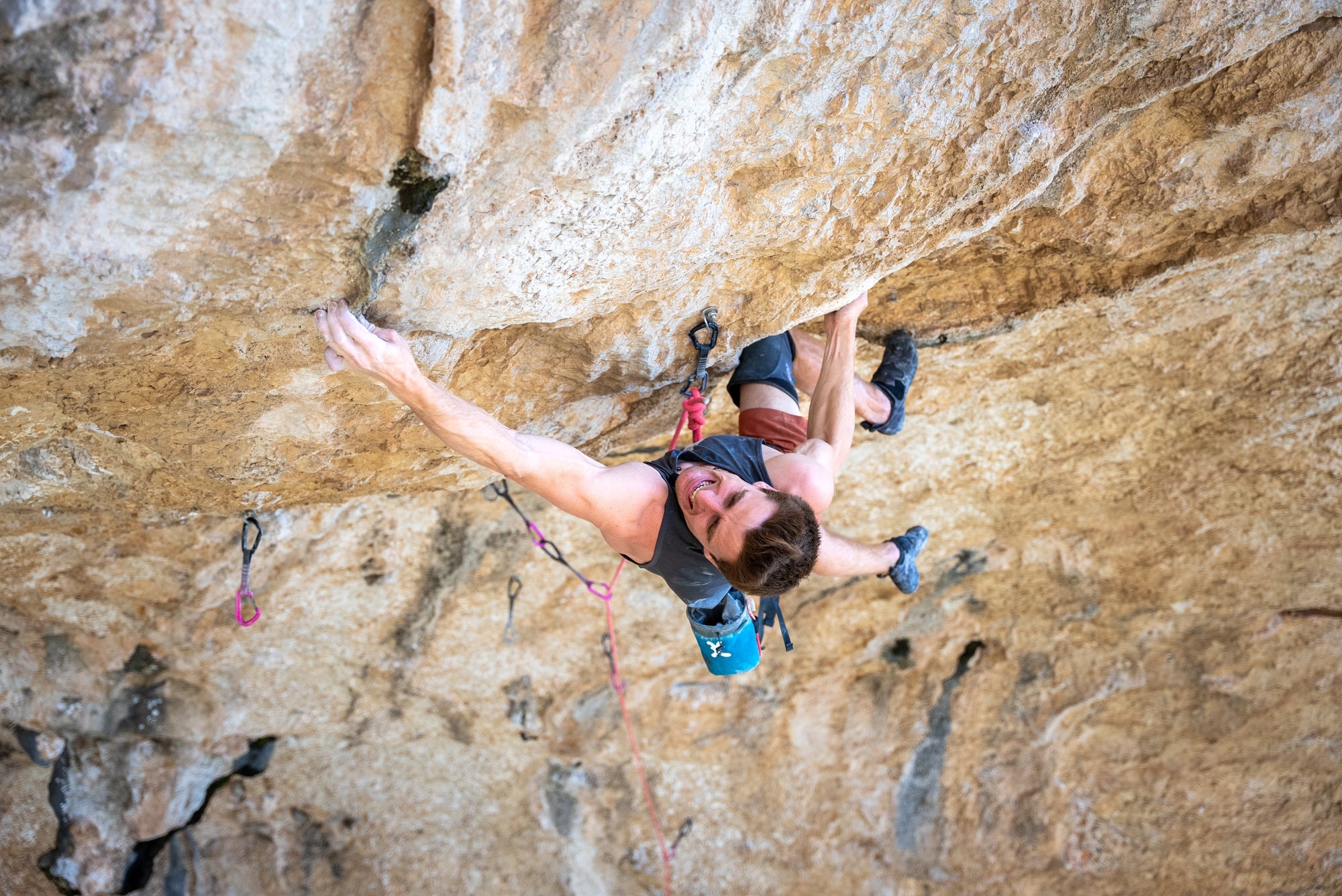
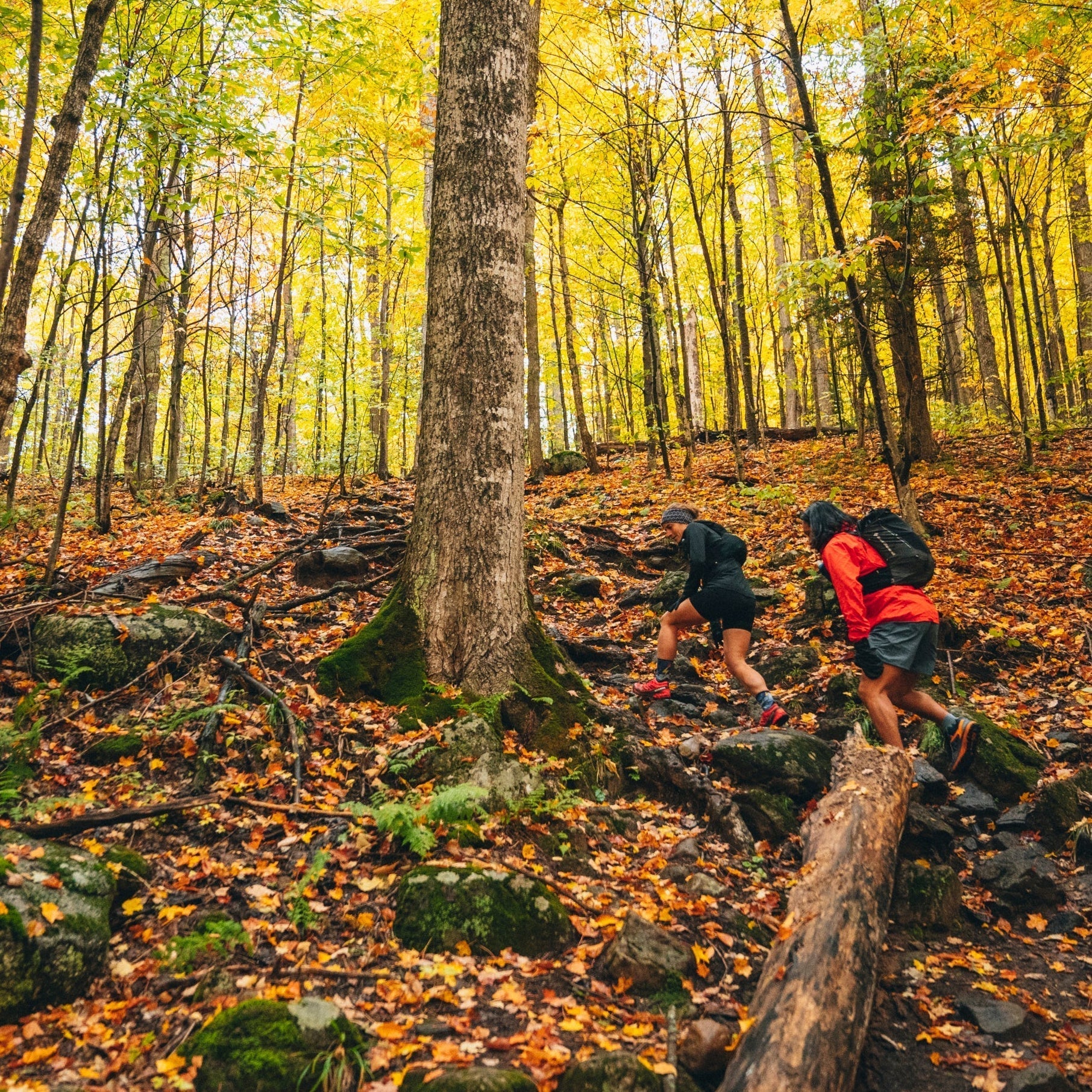
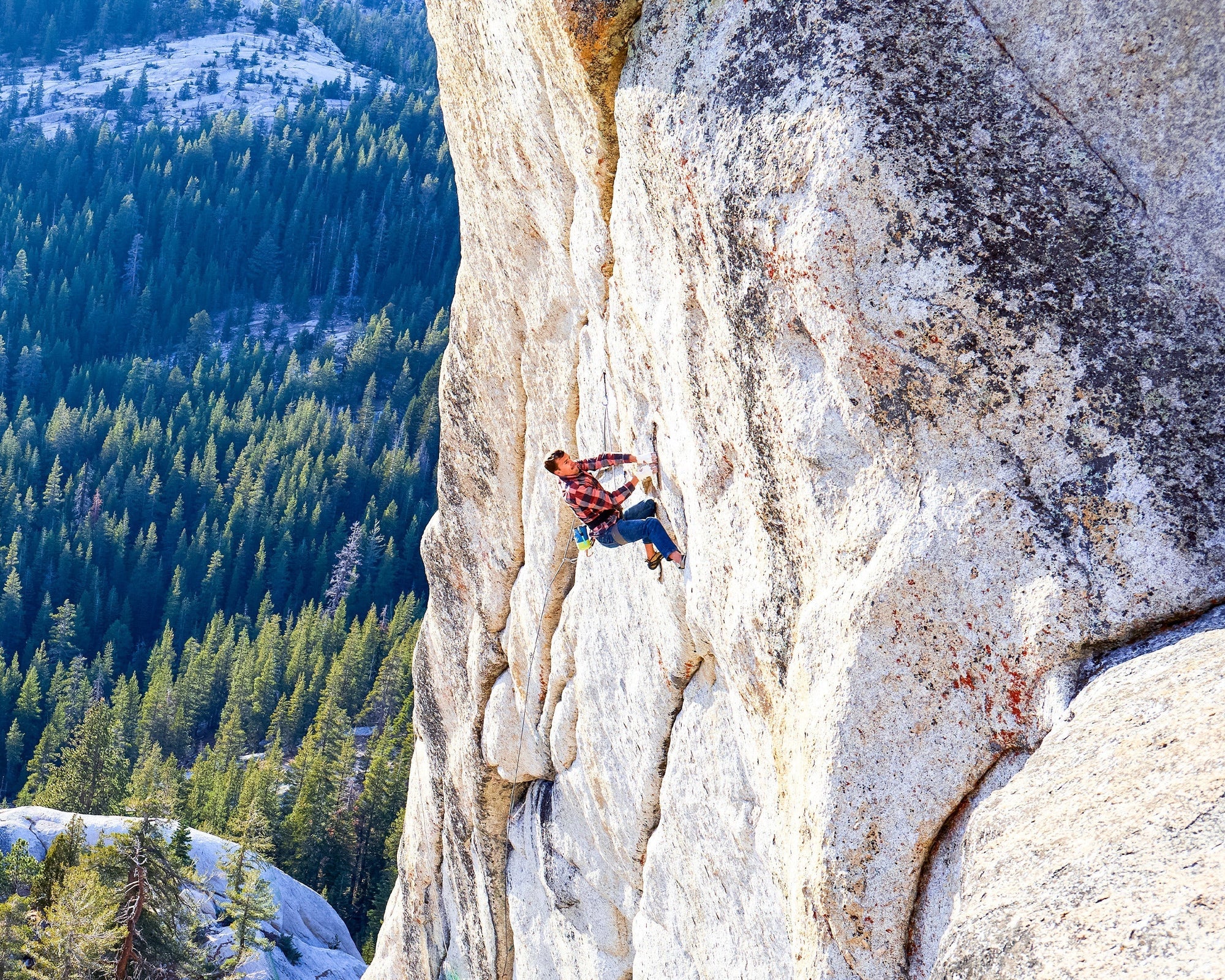
In 2012, filmmaker and photographer Ben Ditto, and professional climber Mason Earle equipped an immaculate...
In 2012, filmmaker and photographer Ben Ditto, and professional climber Mason Earle equipped an immaculate line in Tuolumne’s high country. But their attempts to free the route were thwarted when Mason’s life changed drastically. With the help of Connor Herson, Ditto and Mason found a way to keep the dream alive.
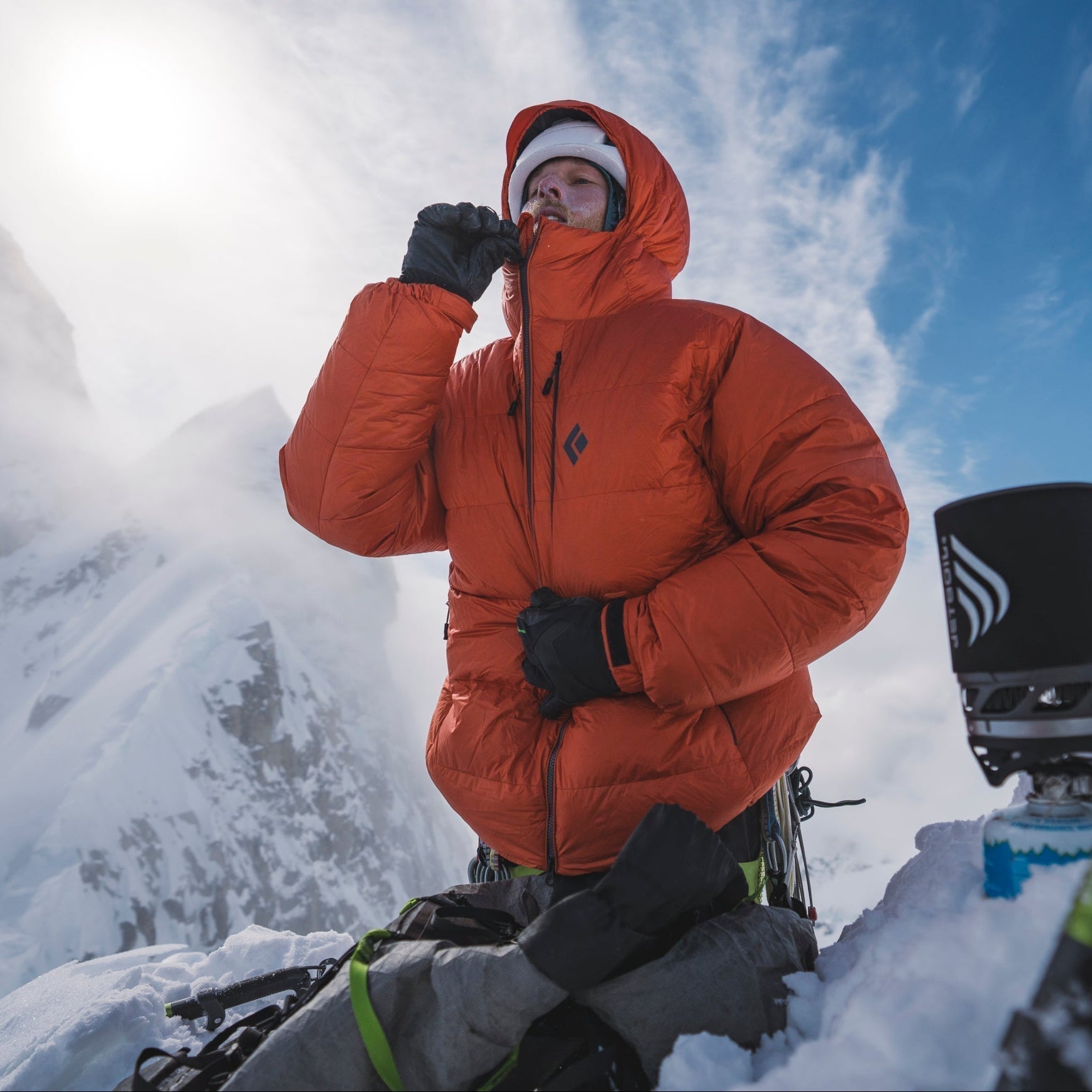
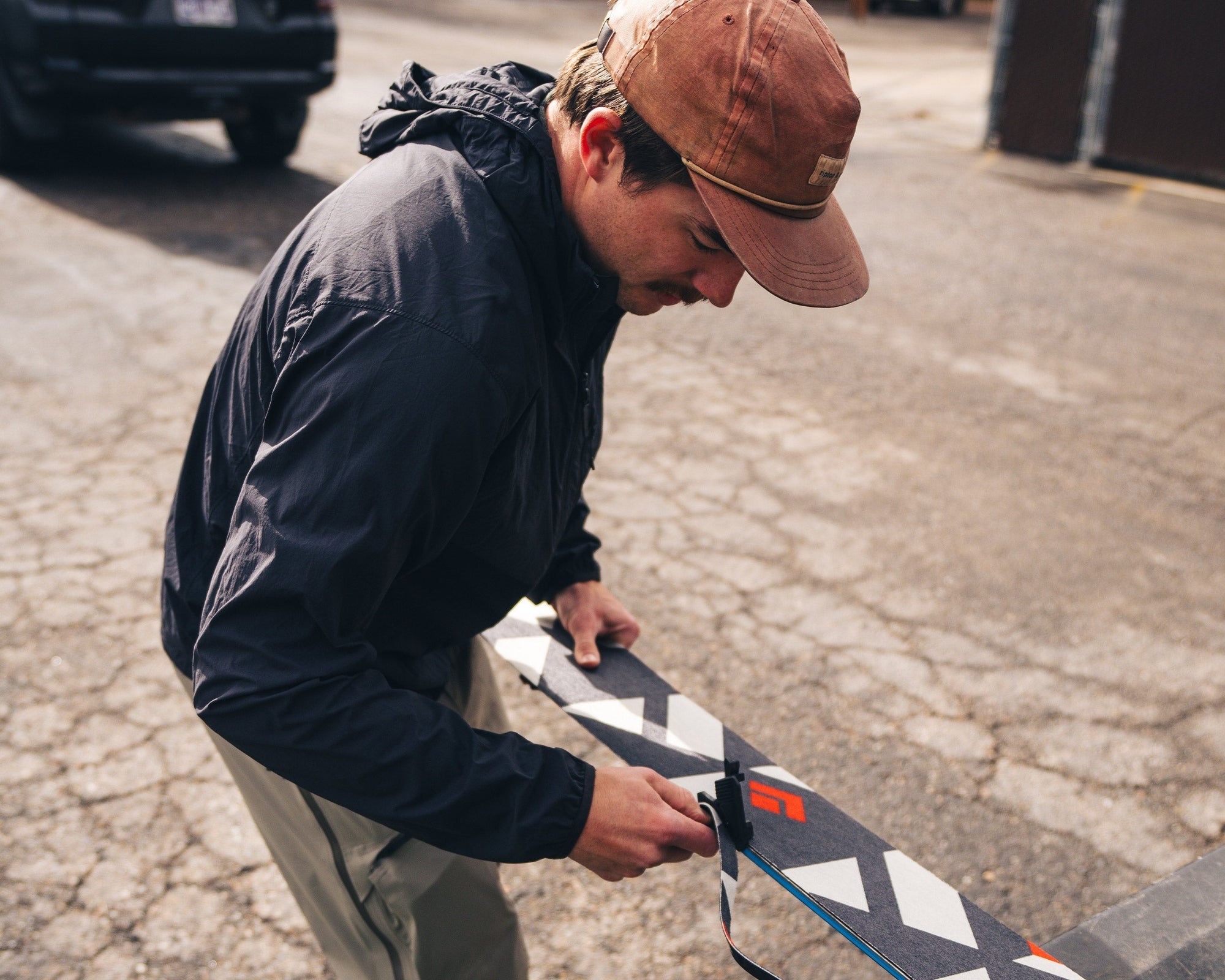
Watch and learn as our Field Test Coordinator runs you through a step by step...
Watch and learn as our Field Test Coordinator runs you through a step by step process of trimming and setting up any STS-style Black Diamond skin.


Every climber has a few lines they dream about. Whether inspired or haunted—or sometimes both—these...
Every climber has a few lines they dream about. Whether inspired or haunted—or sometimes both—these lines can push us beyond what we thought we were capable of, in turn teaching us who we really are. BD Ambassador Ethan Salvo recently restructured his entire life to focus on two climbs that pulled him into the void with only one way out … getting to the top. This is his story of sending Dreamcatcher and becoming the first Canadian to climb V16 in the same week.
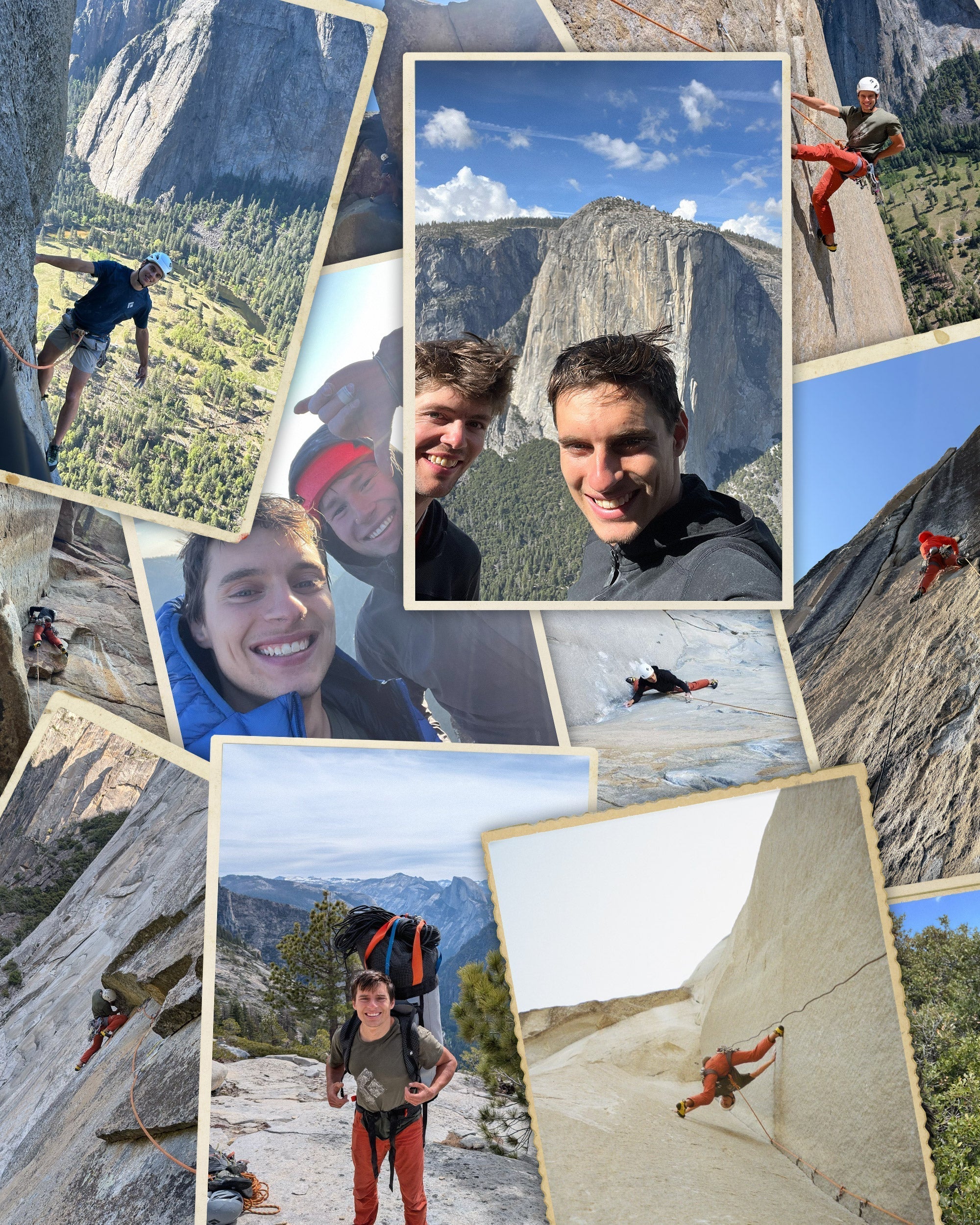
BD Athlete Connor Herson spent as many weekends as possible in the Valley this spring...
BD Athlete Connor Herson spent as many weekends as possible in the Valley this spring during a grueling quarter at Stanford. The objective? Ground up, in-a-day ascents.
